Delivering an IOSH Managing Safely Course
The Safety Benefits of Competent Line Management
Last week I delivered an IOSH Managing Safely course to a local food manufacturer just outside of Hull in the UK. It is a four-day course, aimed at line managers and team leaders, to give them the skills they need to ensure the areas and activities they manage are safe.
Delivering corporate training can sometimes be a little daunting. You never know what the audience will be like, whether they will be receptive to the message, whether you will have to spend a day or two winning them over. But on this occasion, like most occasions, they were a charming and receptive group of people.
I’ve got a lot of respect and admiration for line managers, especially in fast paced environments like food manufacturing. I have taken a few secondments into Operational roles; I spent 3 months as a Customer Service Manager in Financial Services, introducing a major change to our back office systems, took on a Production Manager role for 4 months when working in Pharmaceuticals, and I spent over a year managing a Lean 6 Sigma programme.
I know what it’s like to be a line manager, and how hard it can be when you’re pulled in different directions, trying to meet everyone’s expectations. A Production Manager is also a Quality Manager, a Human Resources Manager, a Procurement Manager, a Customer Care Manager, a Contractor Manager, sometimes even a psychotherapist or a shoulder to cry on! In the midst of all this, we have to hit Production targets.
After the IOSH Managing Safely course we’re expected also to be Health & Safety Managers, in the area under our control.
‘Managing Safely’, Not ‘Managing Health and Safety’
There’s a reason the qualification is called ‘Managing Safely’, instead of ‘Managing Safety’. It’s because a line manager does not manage ‘safety’; that is the official Health & Safety manager’s job.
The H&S Manager manages the systems, procedures, checks everything is working as it should, and recommends actions to take when the system is not working. The line manager’s job is to manage their area, activities, and people, ‘safely’.
In other words, whilst a line manager may not manage H&S systems, safety remains a part of their core day-to-day responsibilities. They must ensure that their day to day decisions do not result in an injury to their people or anyone else. Safety must be part of their ongoing decision-making process, in just the same way they must always consider the impact of their decisions on quality, cost, or the delivery of the product/service to the customer.
The IOSH Managing Safely course is a significant part of changing the H&S culture of an organisation. In my experience – and I’ve been fortunate enough to have taken part in two major culture change programmes – any major change will either succeed or fail at the frontline managerial level of the organisation. If managers do not agree with a change or a policy, then it will be very difficult to implement or sustain it. Whilst it is not the only key to improving safety performance, it is almost impossible to make a difference if line management are not committed.
Of course it is vital to gain senior management level commitment to make a real difference. But even without this, a competent Line Management team, with the support of a proactive Health & Safety Manager, can make a positive difference on the frontline whilst the Senior Management team figures out how to give them the resources they need.
Overall the course was well received by all delegates. Out of 13 people, 11 rated the training as Excellent. 2 rated it as Good. One delegate summed everyone’s feelings up when he said: “If each of us just takes away one thing we’ve learnt and use it in our workplace, we will all make a positive difference.” Wise words!
Will Taylor, CMIOSH, BSc(Hons.), DipNEBOSH, EnvDipNEBOSH
Like this? See my latest blog about delivering IOSH Managing Safely training.

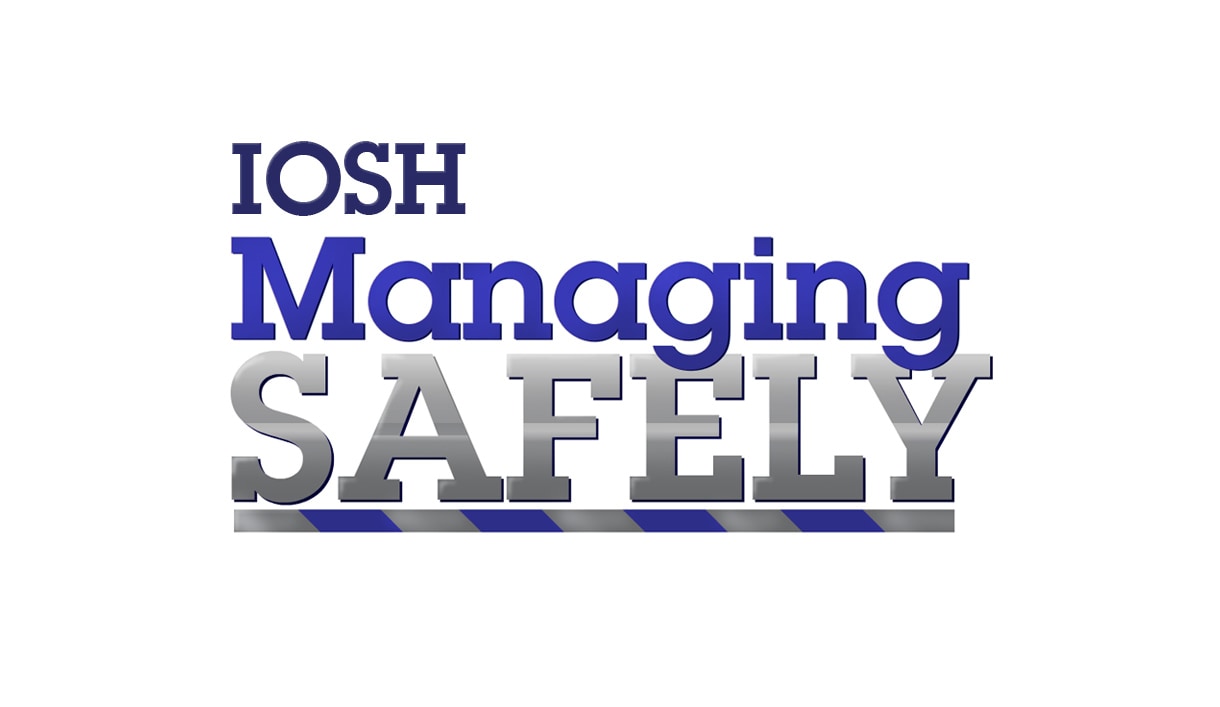

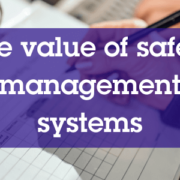
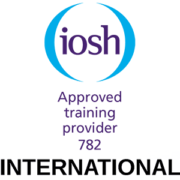
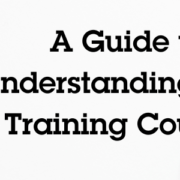

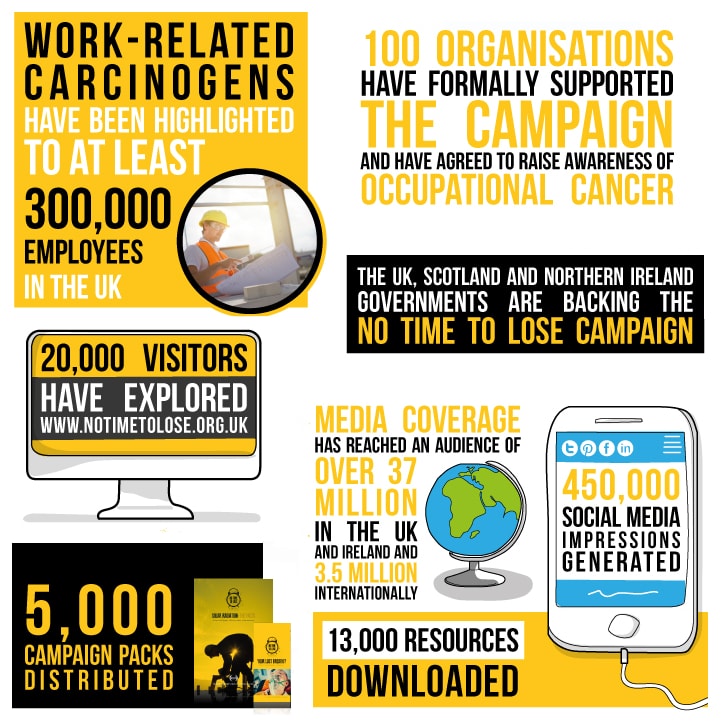
Leave a Reply
Want to join the discussion?Feel free to contribute!